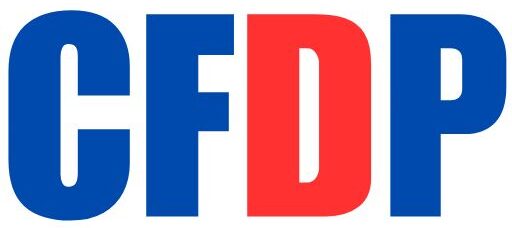Canada renders countless immigration options for skilled trades persons, but it is quite hard to get permanent residency on Express Entry when your Comprehensive Ranking System (CRS) score is below par. There are other alternate routes to achieve your goal. Here are some tips on how to move with a low CRS score:
1. Provincial Nominee Programs (PNPs)
PNPs make it possible for the provinces to choose candidates based on the particular labor market requirements of the province. Many streams under PNPs do not require high CRS scores. For example, consider programs like the Saskatchewan Immigrant Nominee Program (SINP) or Alberta Advantage Immigration Program (AAIP). These both encourage individuals with in-demand skill sets in those provinces. And adding a provincial nomination gives you 600 additional points on your CRS score, and a virtual guarantee that you are going to receive an Invitation to Apply (ITA) to apply for permanent residency.
2. Improve Your CRS Score
Even a mere addition to your CRS score will create some real change. Here’s how to do it:
- Take Language Tests again: The more the scores in English (IELTS or CELPIP) or French (TEF Canada or TCF Canada) that you take, the more points you earn.
- Additional Waiting Years at Federal Organizations: Nowadays, the number of years you spend on experiencing skilled working for a foreign company adds to your CRS points.
- Educational Credential Assessment (ECA): All qualifications are required to be evaluated if you have a number of degrees or diplomas, as it balances out points in cases where you may not meet the requirement for the score.
- Points for spouse: In that case, you can add points to your CRS score via your spouse improving his or her language test score, work experience, or education.
3. Explore Family Sponsorship
You may contact your close relative, a Canadian citizen or permanent resident, so that he/she can sponsor you through supervising the family sponsorship program for a touch with CRS requirements.
4. Rural and Northern Immigration Pilot (RNIP)
RNIP aims smaller communities and places in Canada with labor shortages. Eligibility criteria of participating communities will often be less than the qualification criteria of Express Entry. If you receive a job offer from one of these communities, this option is really great.
5. Atlantic Immigration Program (AIP)
The above program would meet the labor requirements for Canadian provinces in the Atlantic region: Newfoundland and Labrador, Prince Edward Island, Nova Scotia, and New Brunswick. A valid job offer in one of those provinces can help make you qualify.
6. Study in Canada
Pursuing higher studies in Canada will benefit your CRS score through education credentials and work experience earned on post-graduation work permit (PGWP) acquired from Canada. Although it would take time and investment, this could substantially improve your chances.
7. Work Permits and LMIA-Based Job Offers
Even a job offer with labor market impact assessment (LMIA) can add 50 to 200 points for an applicant in their CRS score. Open work permits, such as those from International Mobility Program or Working Holiday Visa, also help gain experience from Canada.
Conclusion
A low CRS score does not mean the end of your dreams; it is not a hurdle aimed at derailing prospective immigrants. Various pathways through which any immigrant could attain permanent residency are open, like through PNPs, improving the CRS score or other immigration programs. The ideal potential applicant is one who carries out thorough research and even considers an immigration consultant’s advice on the best course of action in his or her case.




